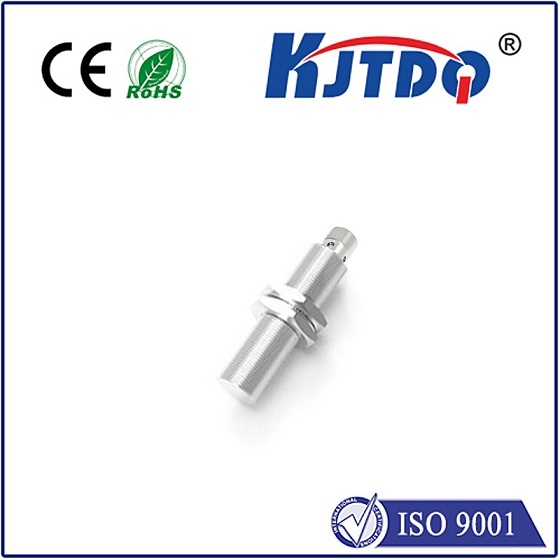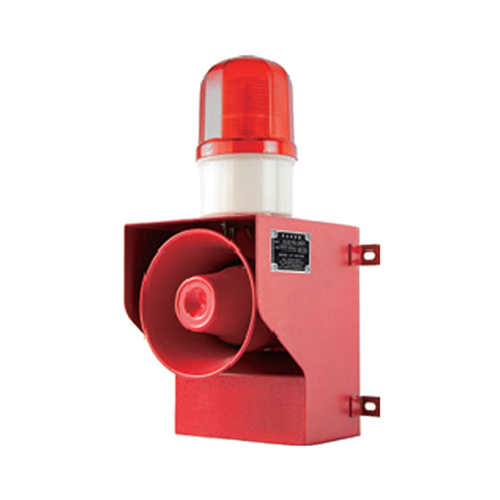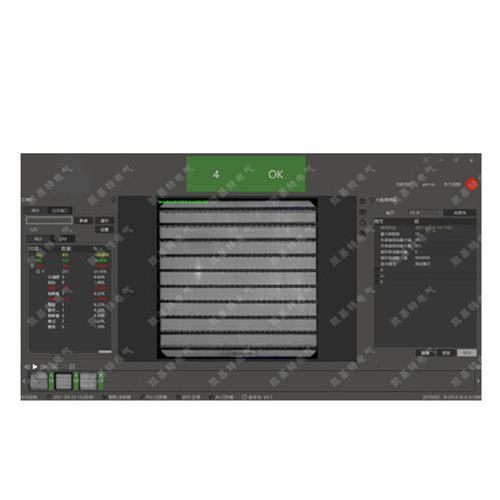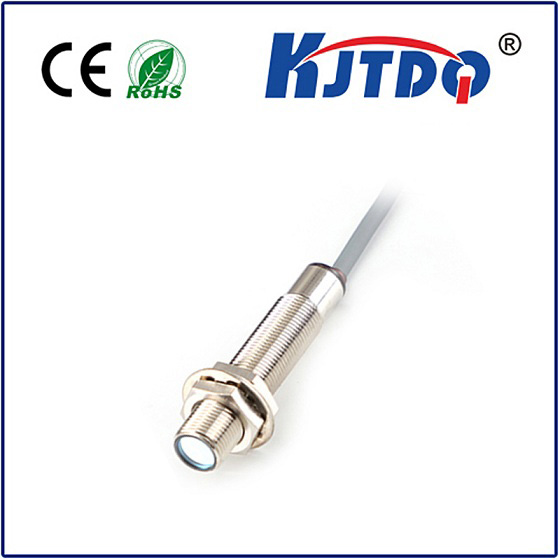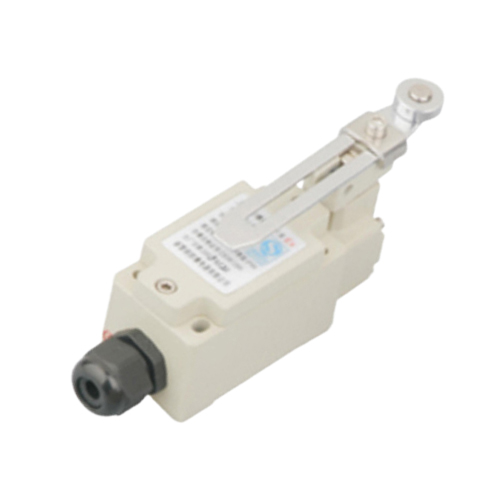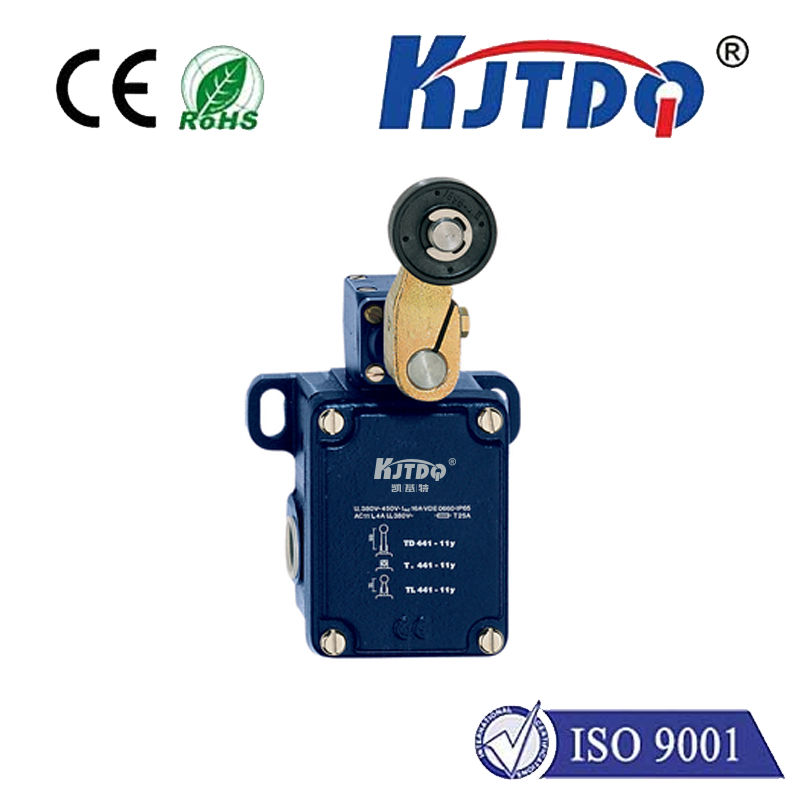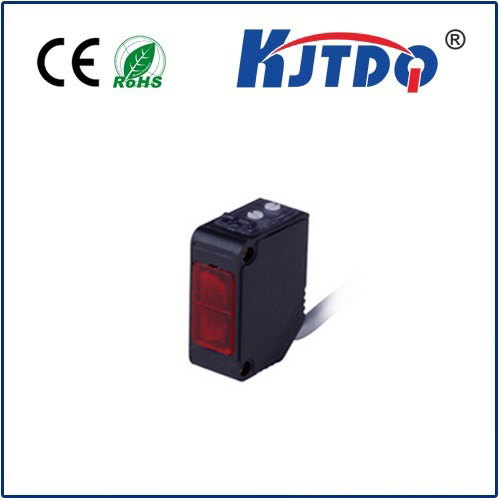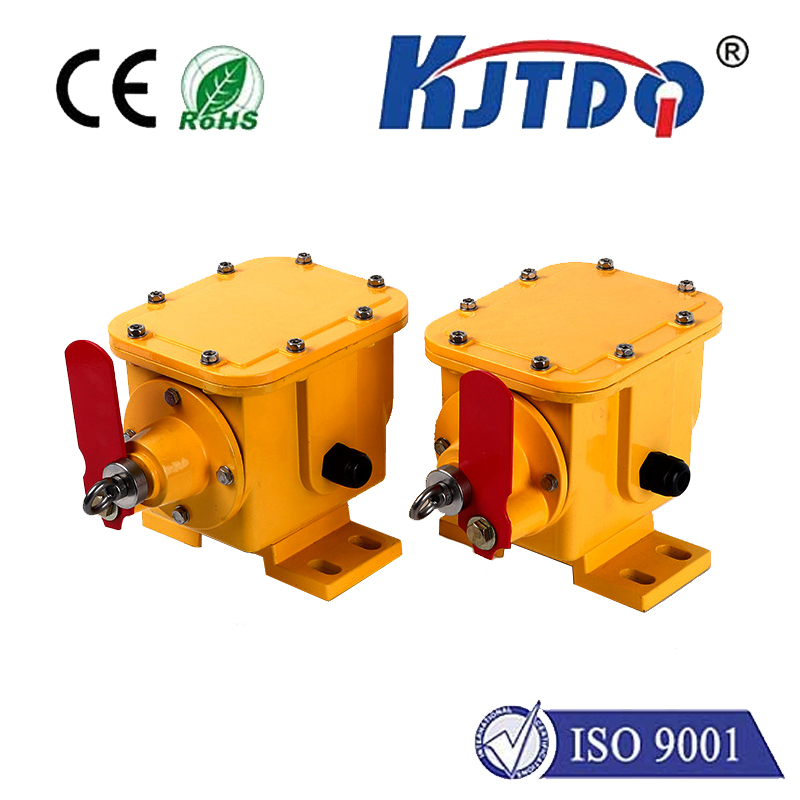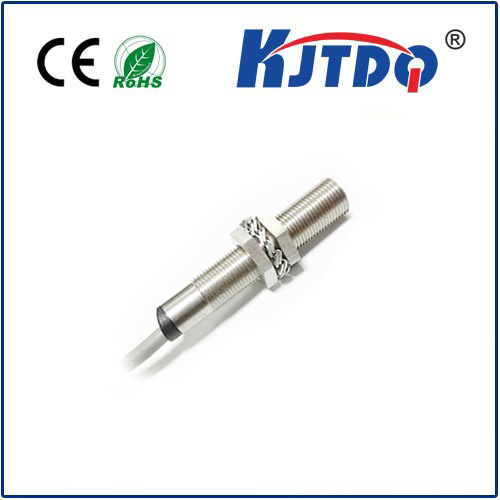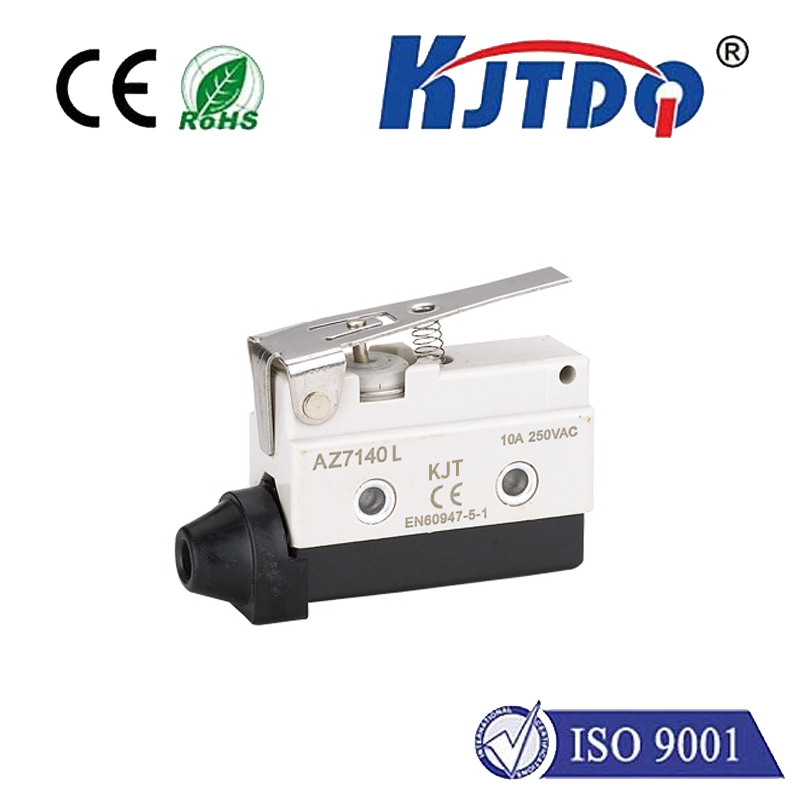Фотоэлектрический переключатель приближения
- time:2025-06-16 16:55:13
- Нажмите:0
The Invisible Sentinel: How Photoelectric Proximity Switches Revolutionize Detection
Imagine a world where machines “see” objects without touching them, triggering actions with silent, invisible precision. That’s the everyday reality powered by the Фотоэлектрический переключатель приближения, a cornerstone of modern industrial automation. These versatile, non-contact sensors harness light to detect the presence, absence, or position of objects, offering reliability and flexibility unmatched by mechanical counterparts. Whether it’s counting products speeding down a conveyor belt, ensuring perfect bottle cap placement, or guarding a robotic arm’s movement, the photoelectric switch operates tirelessly as the silent sentinel of the production line.
Unveiling the Core Principle
At its heart, a Фотоэлектрический датчик приближения operates on a beautifully simple principle: light emission and reception. Its core components are:

- Emitter: Typically an infrared LED (Light Emitting Diode), though sometimes visible red light or laser diodes are used. This generates the optical beam directed towards the target area.
- Receiver: A sensitive photodetector (like a phototransistor or photodiode) designed to detect the specific wavelength of light emitted by the source.
- Signal Processor & Output Circuitry: This sophisticated electronics interprets the signal from the receiver. If the detected light changes in a predefined way (e.g., intensity falls below a threshold or rises above it), the circuitry triggers an electrical output signal – usually a solid-state switch (transistor) or sometimes a relay contact.
The fundamental magic lies in non-contact detection. The switch detects the target object without physically touching it. This eliminates mechanical wear and tear, significantly extending sensor lifespan compared to mechanical limit switches or capacitive proximity sensors, and allows detection of fragile, delicate, or vibrating objects without disturbance.
The Three Pillars of Sensing: Modes Explained
Photoelectric sensors achieve their detection prowess through three primary operational modes, each tailored for specific scenarios:
- Thru-Beam (Opposed Mode):
- Concept: The emitter and receiver are housed in separate units, facing each other. The emitter sends a continuous beam of light directly to the receiver.
- Detection Trigger: An object interrupts the beam path between emitter and receiver. The receiver detects the absence of light.
- Strengths: Offers the longest sensing range (often several meters), high immunity to target color, surface finish, or reflectivity, and excellent background suppression. Highly reliable.
- Ideal For: Long-range detection, high-speed counting on conveyors, large object detection, and applications requiring maximum reliability regardless of target characteristics.
- Retroreflective (Reflector Mode):
- Concept: The emitter and receiver are housed in the same unit. A specialized retroreflector (like a corner-cube prism or high-efficiency tape) is mounted opposite the sensor. This reflector bounces the emitted beam directly back to the receiver within the same housing.
- Detection Trigger: An object interrupts the beam traveling between the sensor and the reflector. The receiver detects the absence of the reflected beam.
- Strengths: Easier installation than thru-beam (only wiring one unit), offers good sensing ranges (longer than diffuse, shorter than thru-beam), reliable detection independent of most target properties.
- Consideration: Relies on the reflector. Detection can be fooled by highly reflective objects passing near the sensor, potentially reflecting enough light back without the reflector. Proper beam alignment is crucial.
- Ideal For: Mid-range detection, presence detection on conveyors where reflectors can be mounted, pallet detection, detecting objects with complex shapes.
- Diffuse (Proximity Mode):
- Concept: The emitter and receiver are housed in the same unit. The sensor relies on the target object itself to reflect the emitted light back to the receiver. This is the true “proximity” mode.
- Detection Trigger: The target enters the sensing field and reflects enough emitted light back to the receiver. The receiver detects the presence of reflected light.
- Strengths: Simplest installation – only the sensor unit needs mounting. Ideal for detecting objects close to the sensor housing.
- Considerations: Sensing distance is shorter and highly dependent on the target’s size, shape, color, and reflectivity. Dark, matte, or small objects reflect less light, shortening the effective sensing range. Background objects can cause false triggers if not suppressed.
- Advanced Feature: Background Suppression (BGS): Modern diffuse sensors often incorporate BGS technology. They analyze the angle or time-of-flight of the returning light, allowing them to ignore reflections from objects beyond a specific, adjustable distance. This is crucial for detecting objects on a belt while ignoring the background belt structure or floor.
- Ideal For: Short-range object detection, presence verification, label detection, detecting objects with good reflectivity, applications where mounting a reflector or separate receiver isn’t feasible.
Why Choose Photoelectric Proximity Technology? The Compelling Advantages
The widespread adoption of photoelectric proximity switches stems from their unique blend of benefits:
- True Non-Contact Sensing: Eliminates mechanical stress on both sensor and target, crucial for delicate objects and high-cycle applications.
- Extended Sensing Ranges: Ranging from millimeters in diffuse mode to tens of meters in thru-beam, far exceeding the capabilities of inductive proximity sensors (typically limited to detecting ferrous metals at close range, often
- Unparalleled Speed: Light-speed detection allows for extremely high response times, enabling reliable counting and detection of very fast-moving objects on high-speed lines.
- Versatility in Target Detection: Can detect virtually any solid object – metal, plastic, wood, glass, liquid levels (depending on mode and setup), paper – regardless of material properties like magnetism or conductivity required by inductive or capacitive sensors.
- Long Operational Life: With no moving parts susceptible to wear, Фотоэлектрический датчик offer exceptional reliability and longevity in demanding industrial settings.
- Compact Size & Flexible Mounting: Modern designs are incredibly compact, facilitating installation in tight spaces. Various housings (tubular, block-style) and mounting options exist.
- Resistance to Environmental Factors: Many models feature robust IP67, IP69K, or NEMA-rated enclosures, protecting against dust, water jets, and washdowns common in manufacturing and food processing.
Where the Light Guides: Ubiquitous Applications
The application landscape for photoelectric proximity switches is vast. They are indispensable in:
- Packaging Machinery: Detecting presence/absence of boxes, bottles, cans, caps; counting products; verifying label application; controlling filling levels.
- Перевозка материалов: Monitoring pallet presence on conveyors; detecting objects for sorting; controlling automated guided vehicle (AGV) routes; securing automatic doors.
- Automotive Assembly: Verifying component placement (doors, engines, seats); confirming robot tool positions; detecting vehicle bodies on assembly lines.
- Printing & Paper Converting: Detecting paper breaks; monitoring sheet count; controlling roll diameter; verifying label position.
- Food & Beverage: Ensuring bottle/can presence on fillers; detecting liquid levels; verifying cap orientation; controlling product flow in processing lines.
- Electronics Manufacturing: Precise component placement verification; detecting PCBs on conveyors; counting small parts; controlling robotic insertion.
- Woodworking & Metalworking: Detecting board ends for sawing; monitoring stock feed; verifying workpiece position for machining.

